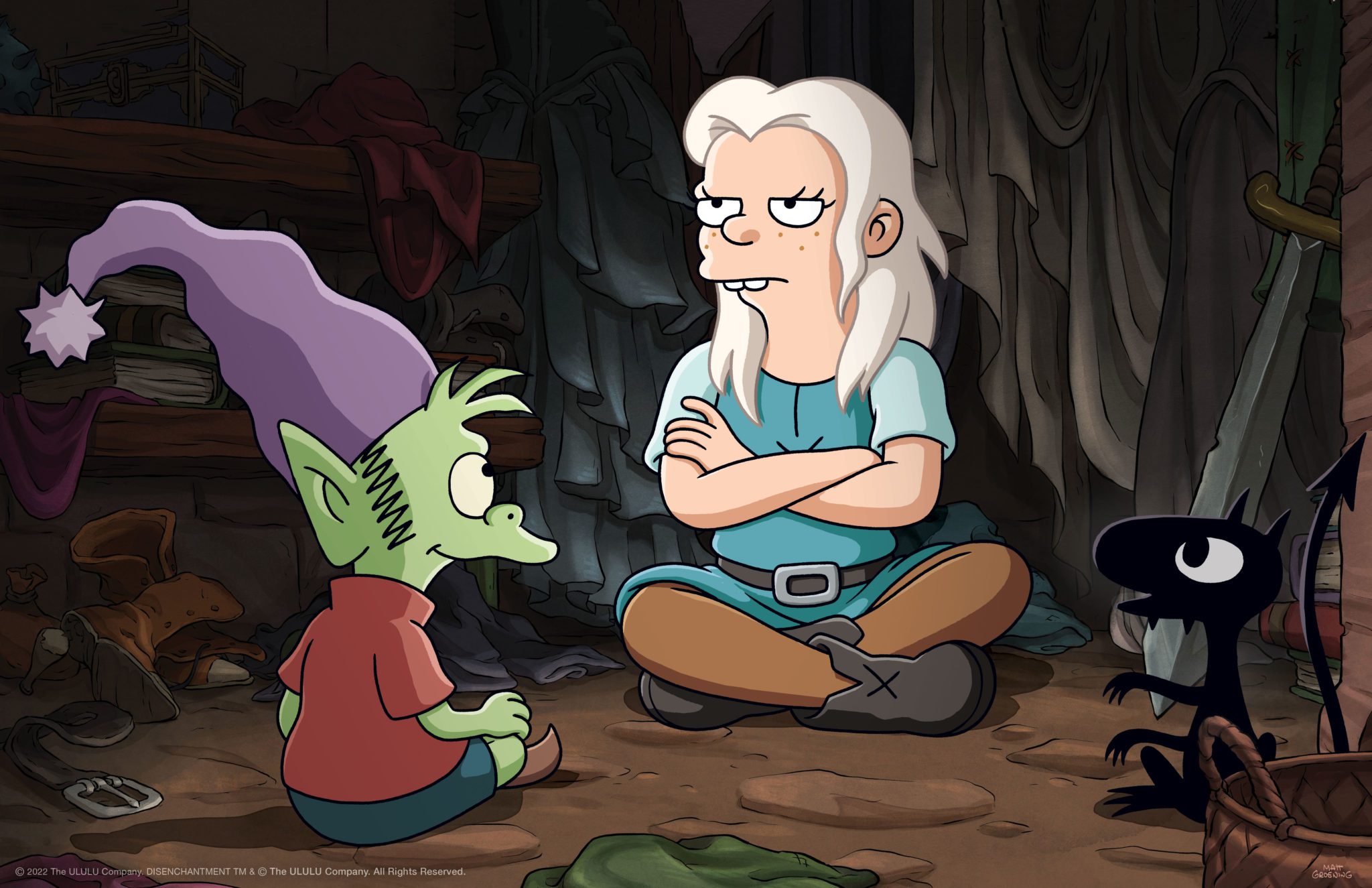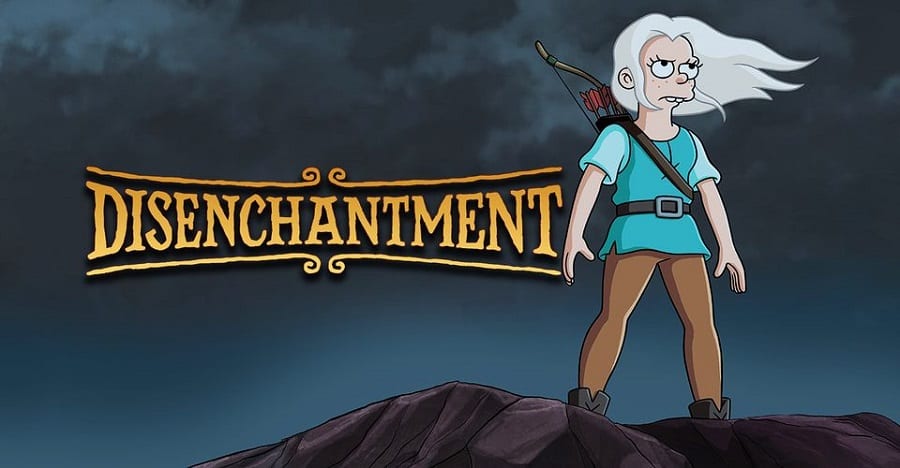
Disenchantment Part 4: Stirs and Echoes of the Past
Matt Groening?s animated work sometimes takes time to find its legs. Although they have continued to connect with audiences, both?Futurama?and?The Simpsons?took a couple of seasons to find their voice. The same is true with Netflix?s?Disenchantment, the most recent addition to Groening?s growing legacy. Despite the fact that the series took a while to figure out…

